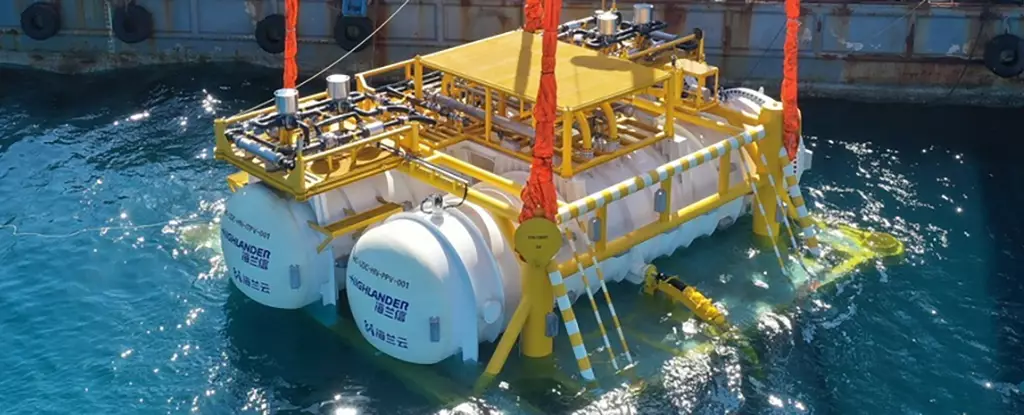In a world where digital information is being produced at an unprecedented rate, the need for efficient and sustainable data storage solutions has become crucial. China is now leading the way with a groundbreaking concept: underwater data centers. By submerging these massive server farms beneath the waves, China aims to address the issues of limited land space and high energy consumption associated with traditional data centers. However, while this innovative approach presents numerous benefits, it also raises concerns about potential environmental impacts and technological challenges.
One of the primary motivations behind China’s underwater data centers is the optimization of land usage. By 2025, the plan is to deploy 100 of these data center blocks, saving approximately 68,000 square meters of construction space, equivalent to 13 football fields. This freed-up land can then be repurposed for other urban development initiatives or simply preserved in its natural state.
Another significant advantage of submerging data centers underwater is the utilization of seawater as a natural coolant. By harnessing the cooling properties of the ocean, the data centers can maintain optimal temperatures, reducing the need for energy-intensive cooling systems. It is estimated that this approach could save around 122 million kilowatt-hours of electricity annually, equivalent to the average consumption of 160,000 Chinese citizens.
Placing 1,300-ton units underwater is an engineering feat, requiring meticulous designs to withstand the immense pressure and corrosive nature of seawater. While it is unclear how these massive electronics will impact marine ecosystems, it is crucial to address any potential environmental consequences. Additionally, research is necessary to comprehensively understand the long-term effects on the surrounding marine life and ecosystems.
It is worth noting that the concept of underwater data centers is not entirely new. Microsoft pioneered this concept with underwater data center trials in 2016. However, China’s initiative marks the first commercial deployment of these innovative data storage facilities. The Hainan Undersea Data Center, a collaboration between the government and private companies, is located off the coast of Sanya in the Hainan province.
Each data center has been designed to operate for a remarkable 25 years, showcasing the long-term viability of this technology. As our data generation continues to surge, significant energy consumption is driven by emerging technologies like artificial intelligence. Thus, the development of such innovations will be crucial in maintaining sustainable data storage solutions.
China’s underwater data centers offer a glimpse into the future of data storage. By utilizing underwater spaces, these facilities address land scarcity issues, reduce energy consumption, and pave the way for more sustainable technological solutions. However, it is essential to ensure environmental safeguards, undertaking continuous monitoring and research to mitigate potential ecological impacts. Additionally, the success of these underwater data centers should encourage further exploration of innovative methods to meet the rapidly growing demands of data storage.
China’s ambitious venture into underwater data centers exemplifies the country’s commitment to advancing technology while prioritizing environmental sustainability. These submerged data storage facilities pave the way for a future where efficient and eco-friendly solutions are at the forefront of technological progress. By embracing groundbreaking concepts like underwater data centers, we have the opportunity to revolutionize the way we store vast amounts of digital information, ensuring a more sustainable and resilient digital future.


Leave a Reply